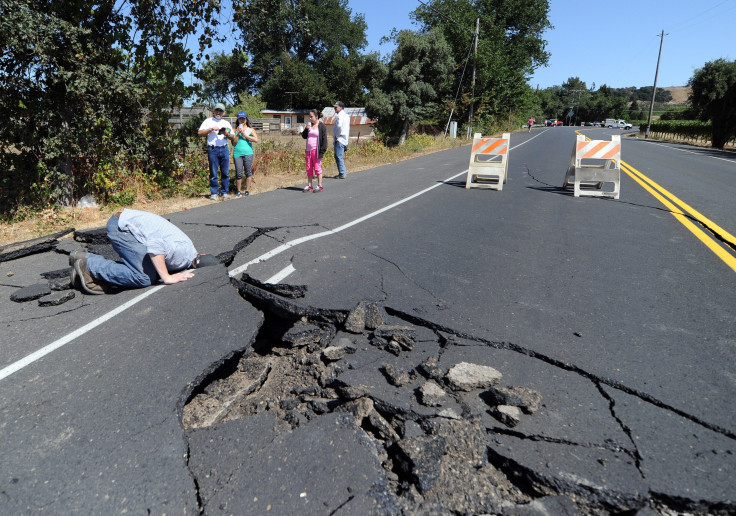California Temblors And Oregon Volcanoes Are Juan De Fuca Plate's Death Rattle

A tectonic plate beneath Oregon is dying. Researchers have revealed of tear in the Juan de Fuca plate that could trigger earthquakes off the coast of Northern California and explain the existence of volcanoes in Central Oregon.
William Hawley and Richard Allen, from the University of California, Berkeley, investigated a peculiar region below central Oregon where a chunk of the Juan de Fuca plate appears missing.
Using data from earthquakes and seismic waves, the researchers created a detailed 3D image of the plate, which revealed that the missing chunk is not just a hole, but a tear that is slowing splitting the plate apart 93 miles below the surface.
The researchers think that the hole exists because of a weak zone in the Juan de Fuca plate. This weakened zone exists because the plate formed at two overlapping ridge segments. An overlap tears the plate apart from the bottom up.
“You’re essentially unzipping these two plates that used to be together,” Wagner explained to the National Geographic. “But it was a weak zipper—and that zipper is that propagator wake.”
Hawley said that we are essentially witnessing the death of the plate, albeit it may take a few million years to die. The tearing can eventually cause the fragmentation of the plate, and what is left of the small pieces of the plate will attach to nearby plates.
“What we are looking at right now is the death of an oceanic plate,” Hawley said.
The researchers also observed that material is getting pushed up through the tear and this could have led to the formation of volcanoes in the High Lava Plains in central Oregon 17 million years ago.
Researchers said the tear could also explain the strong earthquakes that shake southern Oregon and northern California.
They suggest that as the plate turns and twists, parts of it are being pulled off and separated creating the observed gap. A new model suggests this could be the cause of earthquakes in the region.
“This hole is the result of a tear along a preexisting zone of weakness, is causing volcanism on the North American plate, and is causing deformation in the Juan de Fuca plate offshore,” the researchers wrote in their study published in Geophysical Research Letters on July 3.
© Copyright IBTimes 2024. All rights reserved.





















